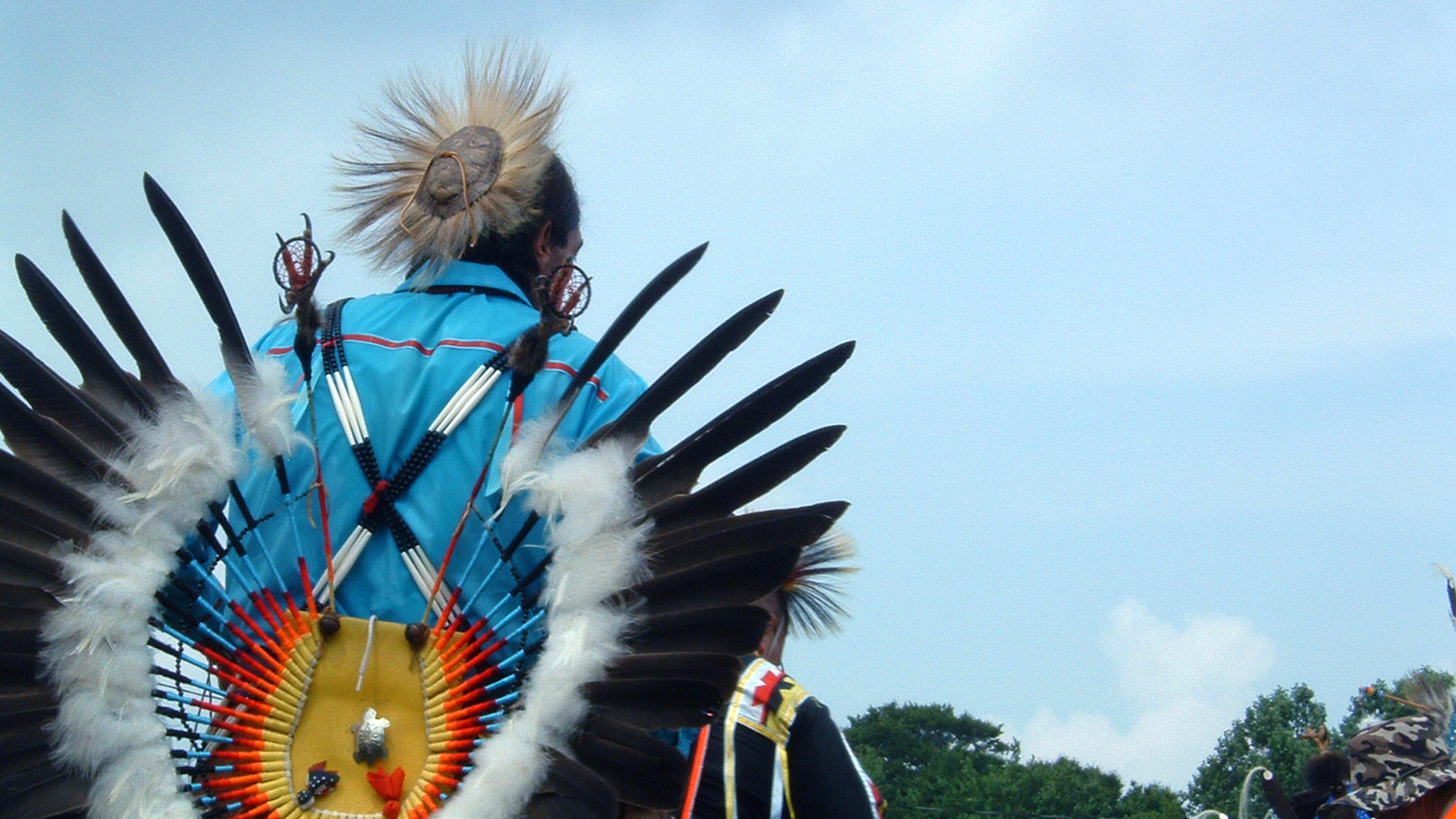
Native Americans’ participation in the Revolutionary War – and particularly George Washington’s Delaware River crossing – is a sometimes overlooked topic. And it has a complex answer.
“It’s convenient to think of everyone from that time falling into two basic camps, the Americans and the British (Loyalists), but there were lots of different groups caught in the middle, with Native Americans being one of them,” says Katherine Becnel, Washington Crossing Historic Park’s volunteer coordinator and a former gallery educator at the Museum of the American Revolution.
Native Involvement in the Conflict
Initially, Native Americans were discouraged from getting involved in the fighting, Becnel says. Both sides perceived the war in its early days as a “family squabble.” But as the war dragged on, outside help became necessary on both sides. Native Americans seemed a natural ally to both: the colonists traded with them, and the British fought alongside them in the French and Indian War (1754-1763).
“At a certain point, the Native Americans began trying to figure out which side was best positioned to protect their land, or whether it was in their best interest to remain neutral,” Becnel says. “If they remained neutral, there was no guarantee it would be respected by either side.”
Some Native Americans featured prominently in the war. One of the most notable was Colonel Joseph Louis Cook (Akiatonharónkwen), who became the highest-ranking Native American in the Continental Army.
“Based on the parts of his timeline that we know, it’s possible that he was part of the crossing, but we can’t say for sure. There’s nothing to confirm it,” Becnel says.
Although there is no known record of a Native American participating in the crossing or fighting during the Ten Crucial Days, that doesn’t mean none did. We do know that Native Americans lived in Bucks County at that time. But they were hiding in plain sight.
Indigenous People in Colonial-Era Pennsylvania
The Walking Purchase was a highly questionable land transaction negotiated between agents for the sons of William Penn and the Lenape Nation in 1737. It resulted in a huge swath of southeastern Pennsylvania (along the Delaware River) being opened to European settlement. In the process, the indigenous Lenape were forced to leave.
“The Walking Purchase was absolutely devastating,” says Adam Waterbear DePaul, M.Ed., the storykeeper for the tribal council of the Lenape Nation of Pennsylvania. “Our intent was to give some land to William Penn’s sons for a small family settlement. We ended up losing the equivalent of Rhode Island.”
According to DePaul, almost immediately after the agreement was signed, bounties were issued for Lenape scalps, children included.
“There were many things going on, but it’s safe to say that was our single largest awakening to the reality that our relationship with the colonists had changed,” he says. “Following the Walking Purchase, and not necessarily because of it, we as a people felt threatened and frightened and saw the colonists as enemies.”
The Lenape Nation in Pennsylvania
Not every member of the Lenape Nation was forced to flee. Women could remain as the wives of colonists. “The colonists valued their skill and arduous work ethic in farming the local land, which was still somewhat foreign to them,” DePaul explains.
To be allowed to remain, the Lenape women needed to publicly disavow their heritage. They couldn’t speak the language, dress traditionally, or practice any ceremonies. On the census, they had to identify as white.
“They developed a system of hiding and assimilating into colonial culture and passing traditions through families in secret,” DePaul says. “They survived by doing everything they could not to be on the government’s radar.”
The ramifications continue to this day. In order for a Native American nation to be federally recognized, it must have maintained a continuous relationship with the federal government since the country’s inception. Because the Lenape who remained in Bucks County did not, the tribes that eventually resettled in Oklahoma are considered the last remnants of the Lenape Nation. A reality, DePaul says, that has further fractured the Lenape.

